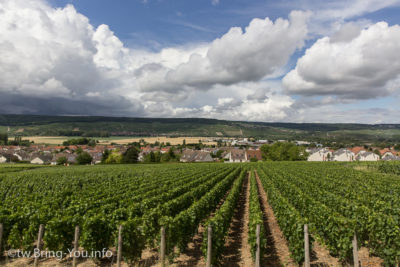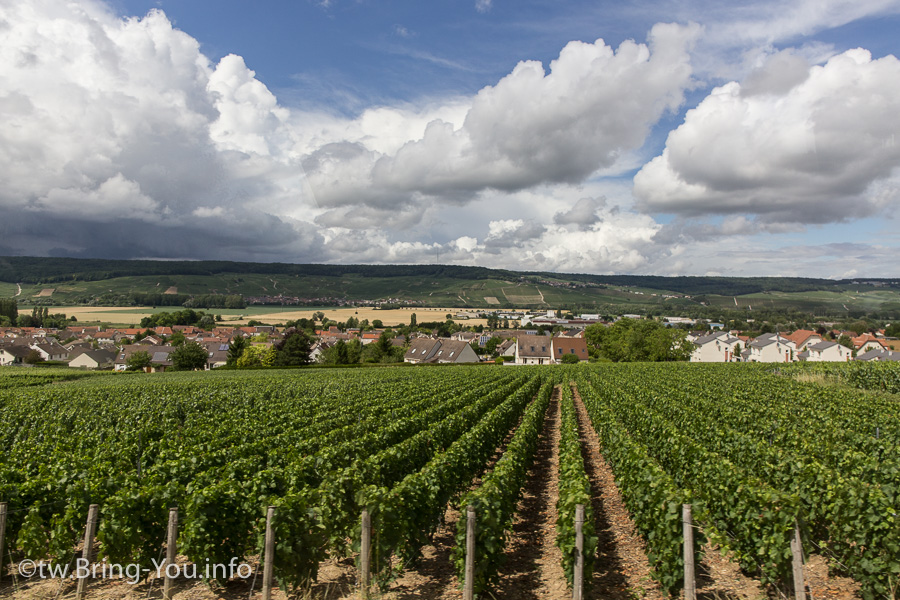Reims is one of the five wine-producing districts in the AOC region of Champagne. While there is a constant debate about whether or not Epernay or Reims is better to visit, I don’t think Reims should be lowballed in any way.
But the real answer boils down to what exactly you are looking to experience. If you’re looking to see the big commercial houses such as Moët et Chandon, mid-sized houses like Esterlin, Janisson-Baradon, or Collard-Picard, then Epernay has a better round of experience.
Despite how crazy I am into wines, drinking the fancy bubbles is not the only thing on my bucket list when it comes to Reims.
Reims appeared to me as a quaint little vineyard town with a fair share between luxury and history. The total footprint of vineyards in Reims boasts 9.000 hectares.
This charming and decadent city north of France possesses dramatic ancient cathedrals with mystic smiling angels on the walls. Steeped in a rich Gothic-inspired architecture reflected through its magnificent collection of age-old cathedrals, museums, and lush vineyards, Reims is a whimsical town to behold. Read on to see what is the best way to get around Reims, a Gothic cathedral that dates back more than 800 years, the giant wine barrel that needed 18 horses to pull, and a chilly stroll along the extensive underground wine cellars.
First Off, What’s So Special about Champagne?
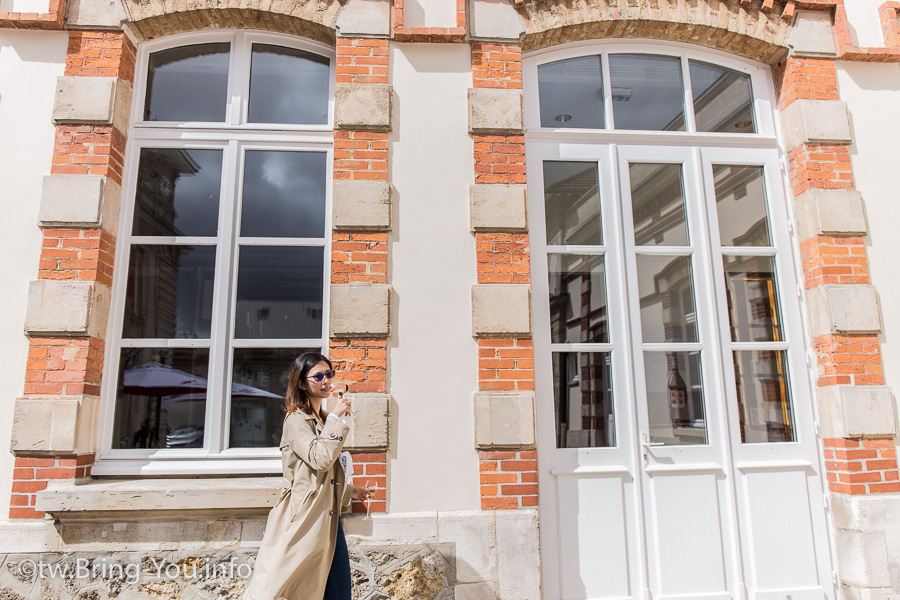
Have you ever sipped on any wine that seems as if the grapes are dancing on your tongue? Champagne is not insanely bubbly as Prosecco (which tends to have larger, coarser bubbles and fruit-forward notes). In fact, its palate should be pleasantly sparkling, seductive, and velvety.
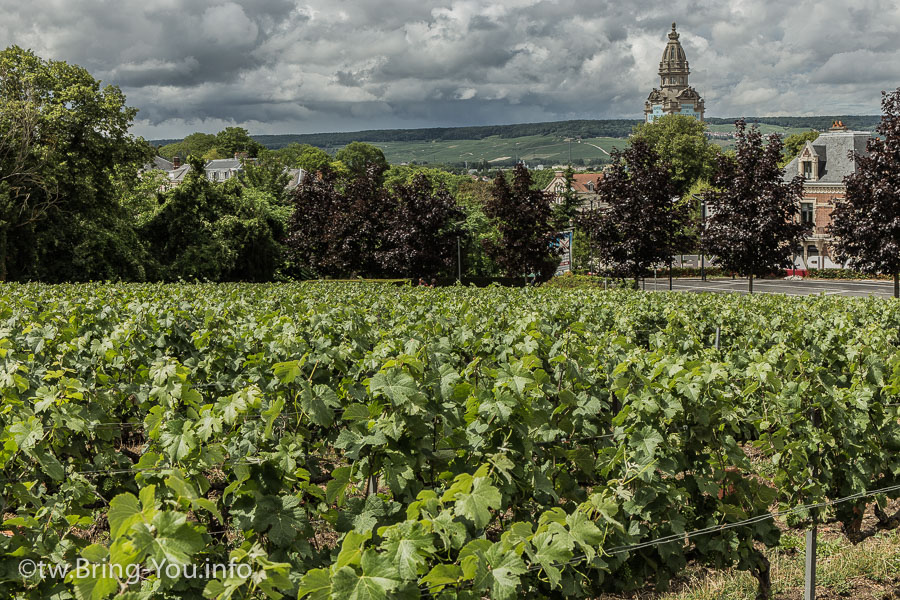
Chardonnay is the first kind of wine that introduced me to Champagne. Champagne is a sparkling wine. But only when it’s produced in the AOC (Appellation d’origine Contrôlée) in the Champagne region does it count as “Champagne”. Otherwise, it would go by the name “sparkling wines”.
There are three emblematic grape varieties that are used as the base of Champagne: Pinot Meunier, Pinot Noir, and Chardonnay. The entire Champagne region is broken down into five sub-regions (also known as wine-producing districts), including:
- Reims
- Marne Valley
- Côte des Blancs
- Côtes des Bar
- Côtes de Sezanne
Here we are in Reims, a small yet dreamy vineyard town extended from northwest of Reims to Epernay. Reims is home to a heap of the world-respected Champagne Grands Crus and Premiers Crus. The limestone clay and chalk soils in Reims allow the vines in Reims to form an arc of a circle.
Is Reims a Walkable City?
You can walk around to pretty much most of the city’s top sights. But the feeling of discovering everything by yourself without a guide is a pain in the neck. Right before I came, I made up my mind that I wanted to explore as much as I could. And the idea of having a local telling you exactly what to wear or what’s behind the wine-making process is worth every penny.
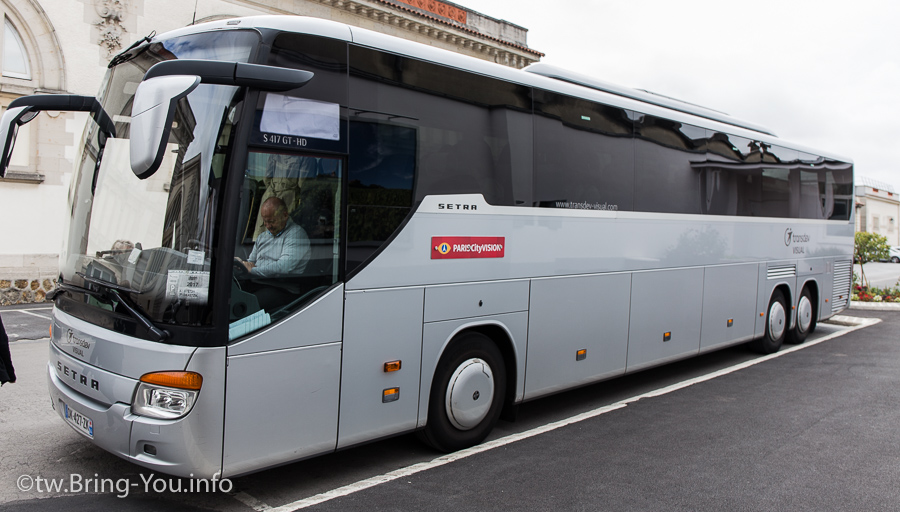
So I went ahead and signed up for a day trip. Soon that morning came, and a small shuttle van picked me up. Quickly afterward, all tourists were sent to a mutual gathering point for the check-in procedure before we boarded another large tour bus.
Three Best Attractions to Visit In Reims
Maison Mumm Reims (G.H.Mumm)
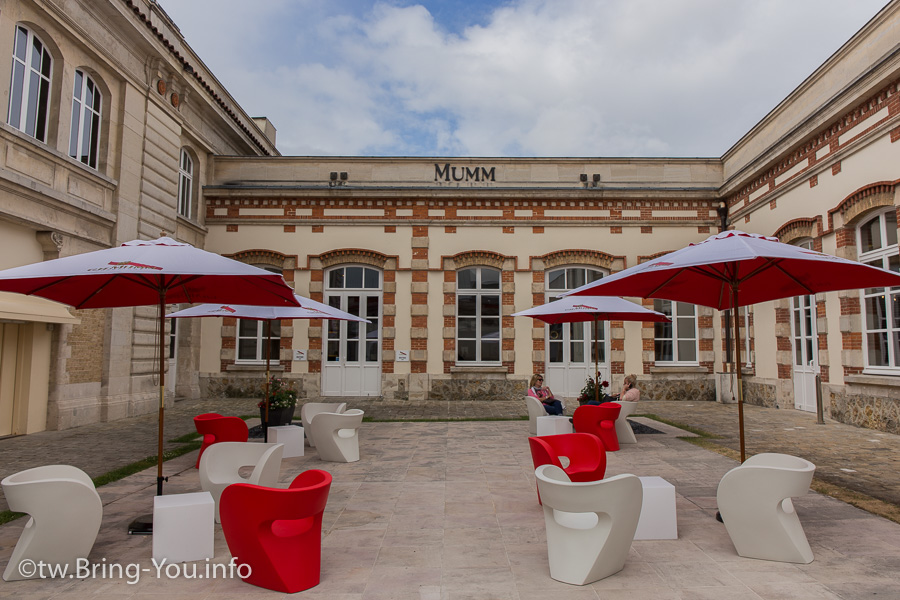
The first place we went to is the Maison Mumm Reims. Don’t judge me, my limited sommelier knowledge only stops at a few houses and bottles – Taittinger, Moët et Chandon, Bollinger, Dom Perignon at its best.
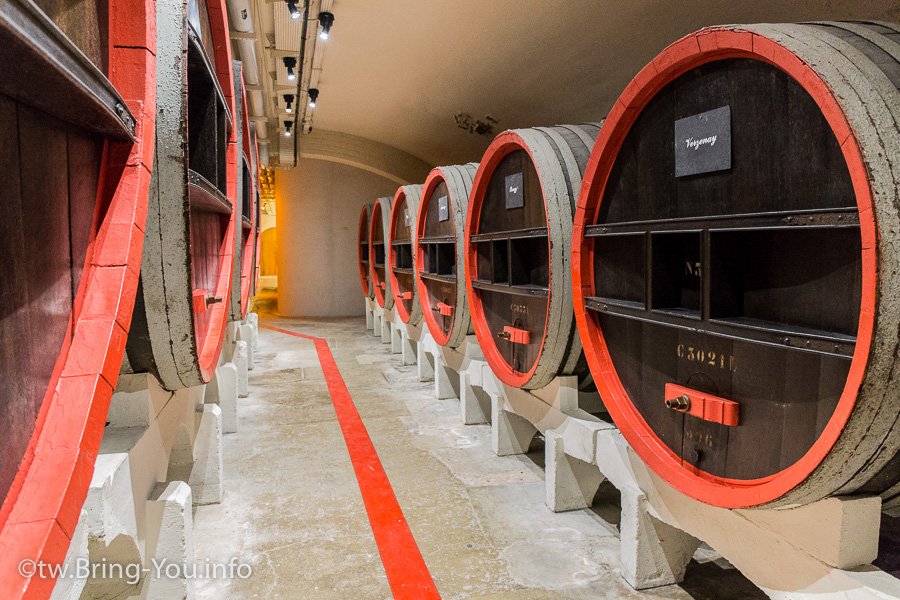
Not until I signed up for the tour did I realize G.H.Mumm is a heavyweight in town. For the past 15 years, the house has been the sponsor of the Formula 1 races. Even better, Maison Mumm is one of the largest producers in Champagne with its portfolio centered around the zesty, refreshing Cordon Rouge Brut. Some other iconic lines of the house include brut rosé, demi-sec, vintage, and Blanc de Blancs.
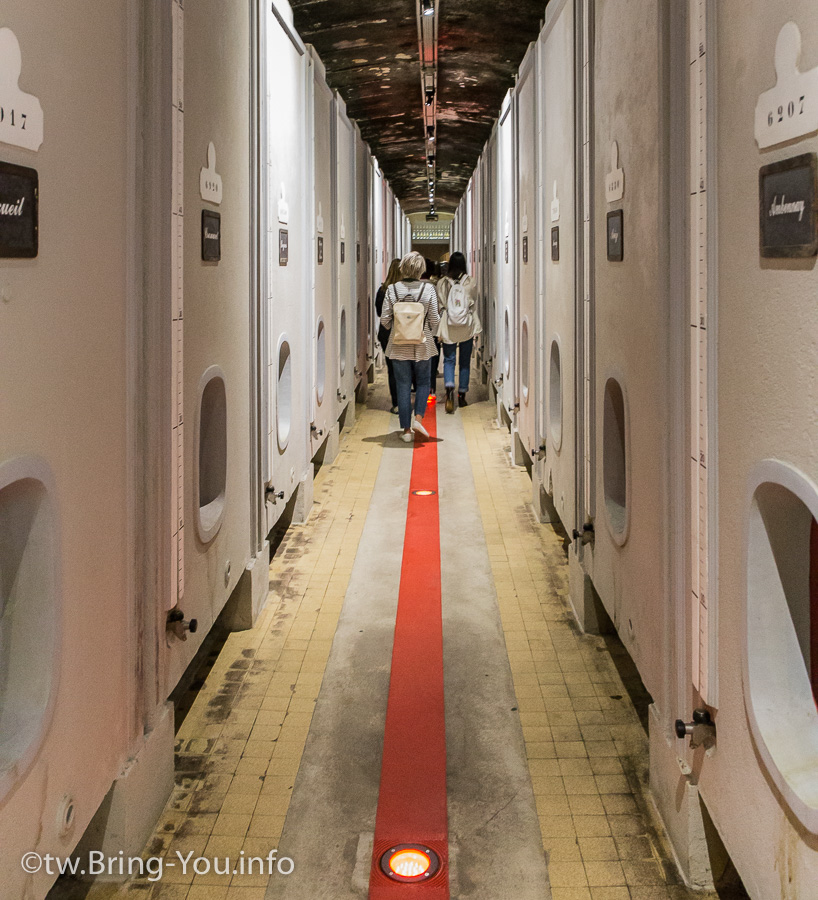
Sadly, after 15 years of sponsorship, the contract between Maison Mumm and Formula 1 came to an end, marking a new chapter with Moët & Chandon.
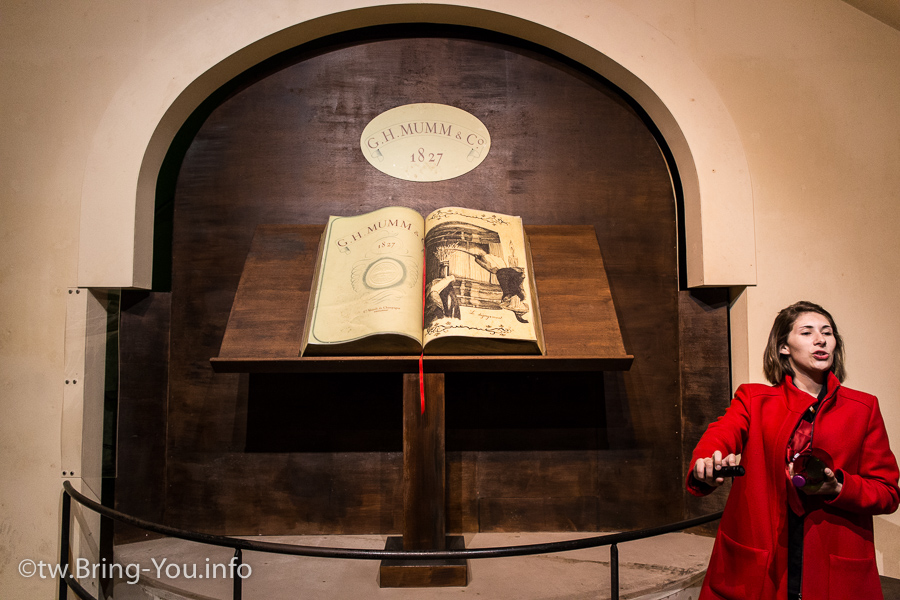
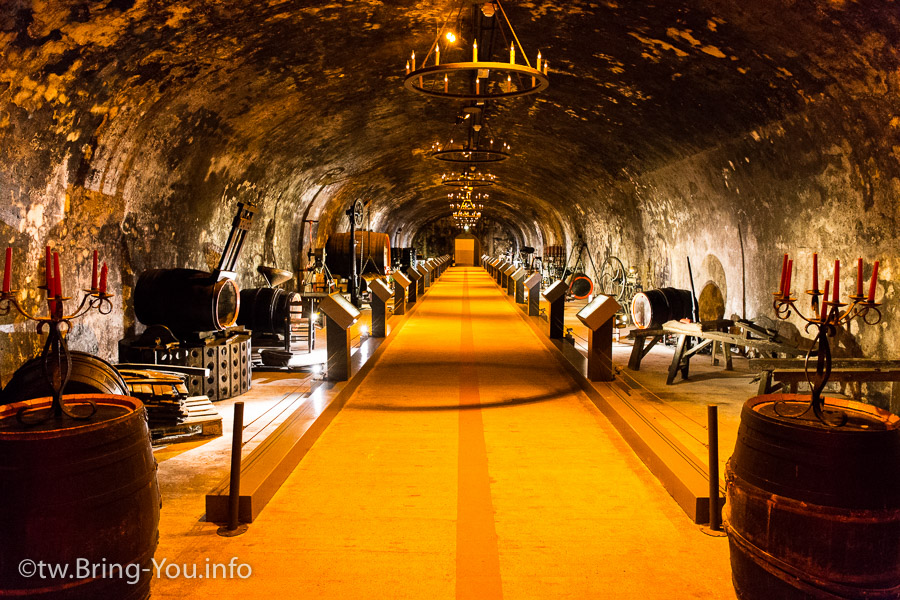
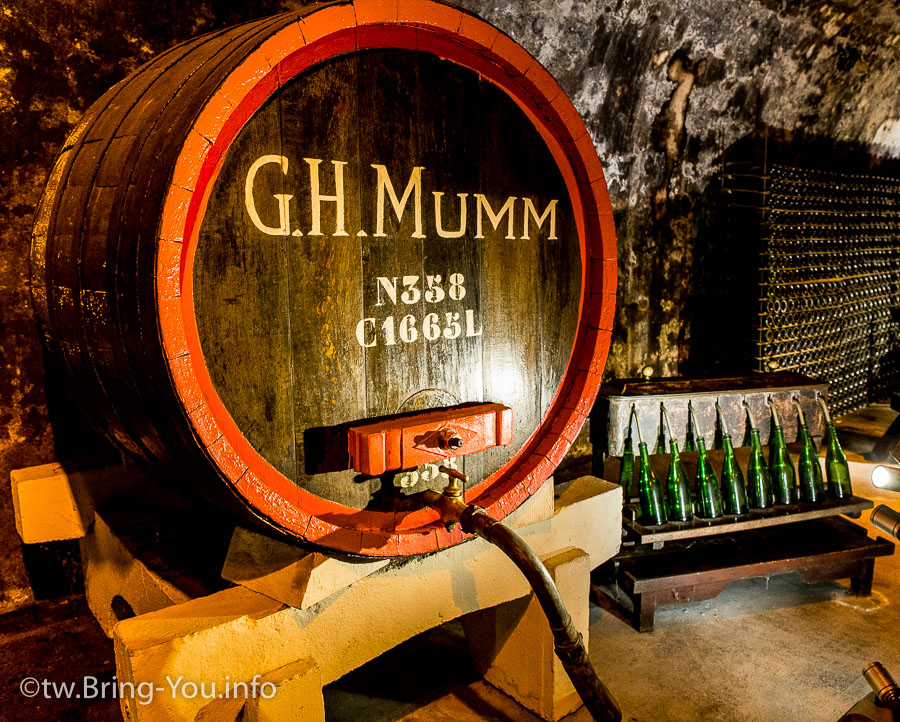
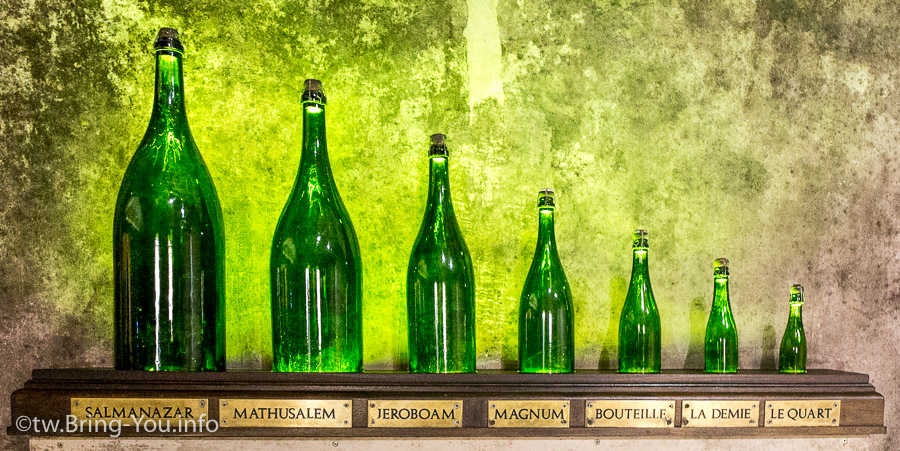
A visit to G.H.Mumm is a maze itself. There is an extensive network of underground tunnels reaching 25 kilometers in total. This is where 25 million bottles are stored. The temperature must be closely monitored between 7~9 degrees to keep the fermentation going. And that’s why you need layers to keep yourself warm before heading in. At the end of the tunnel is where the wine tasting begins.
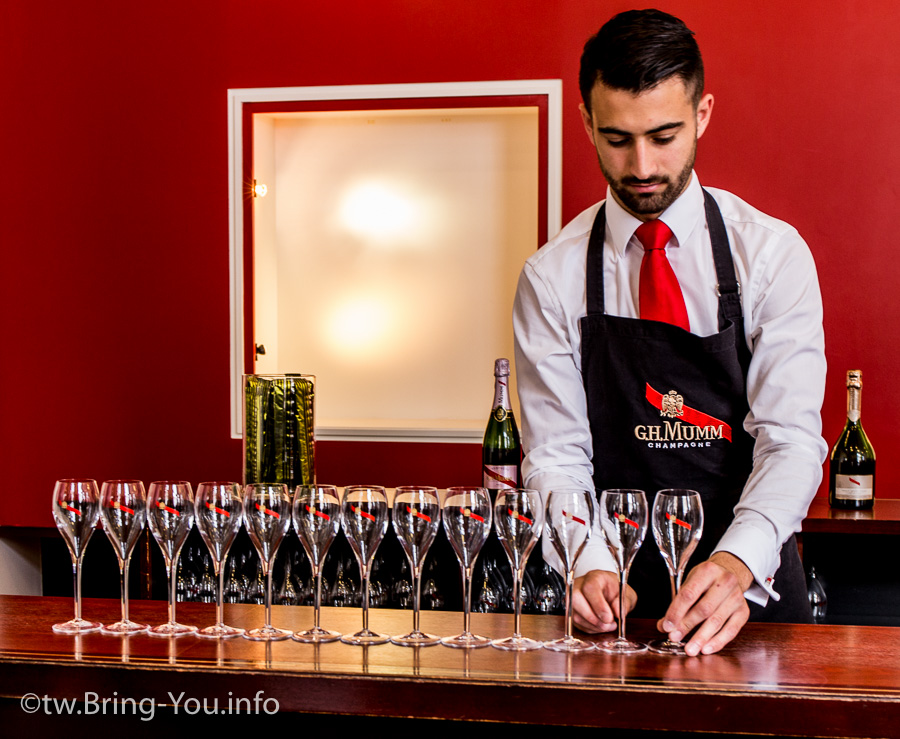
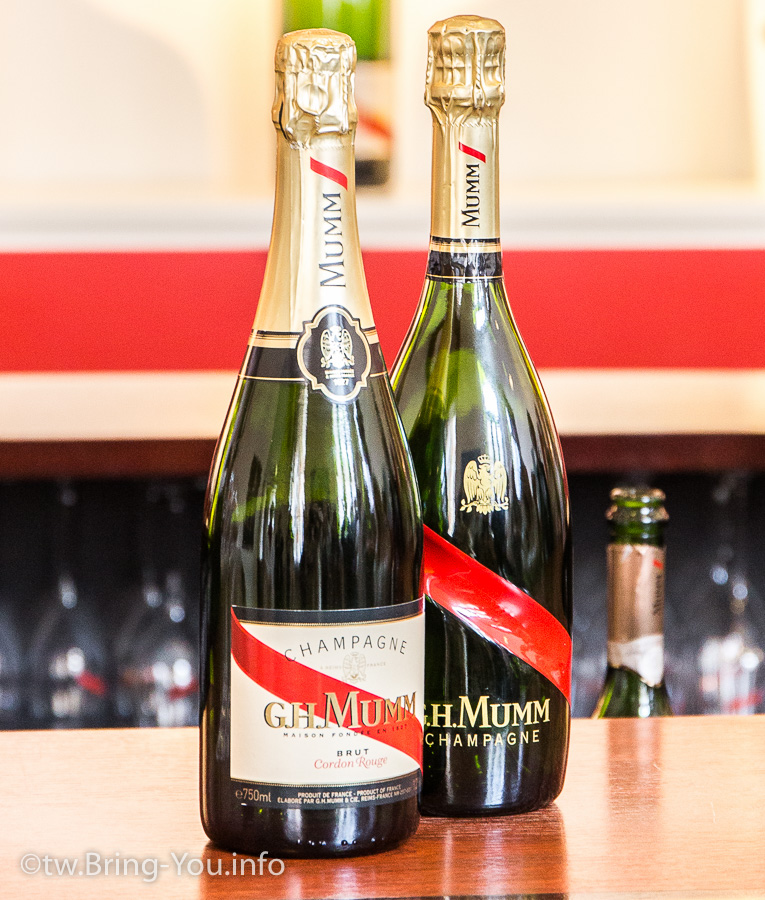
Cathédrale Notre-Dame de Reims
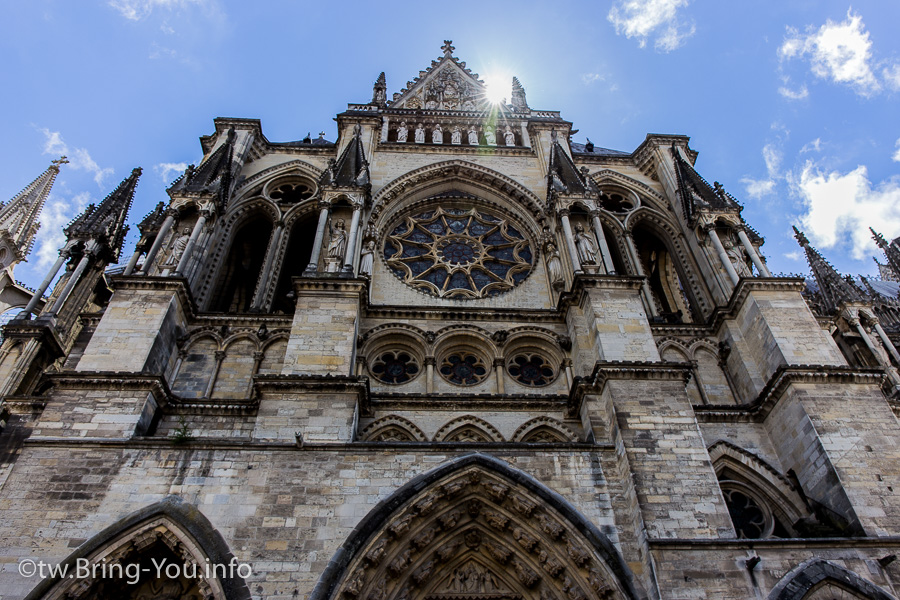
In love with the history of Reims and the country itself, I was blown away by the striking architecture of Cathédrale Notre-Dame de Reims, especially the mighty collection of over 2,300 statues that festoon its walls. Given such an impressive collection, Cathédrale Notre-Dame de Reims becomes the world’s only cathedral imposing the largest number of statues.
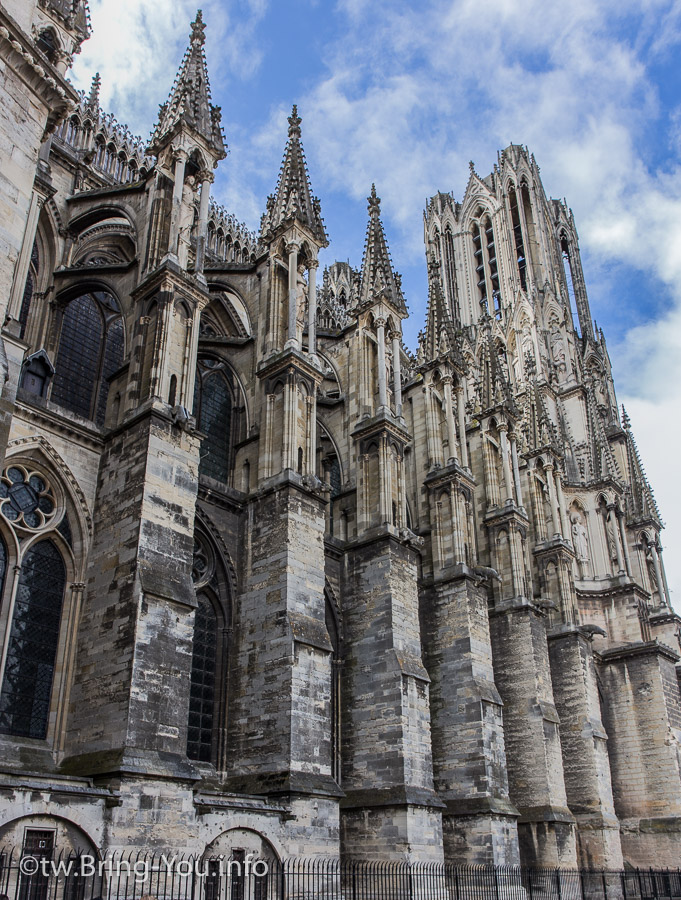

In the pictures below, I captured some up-close looks at the “Ange au sourire” (The Smiling Angel).
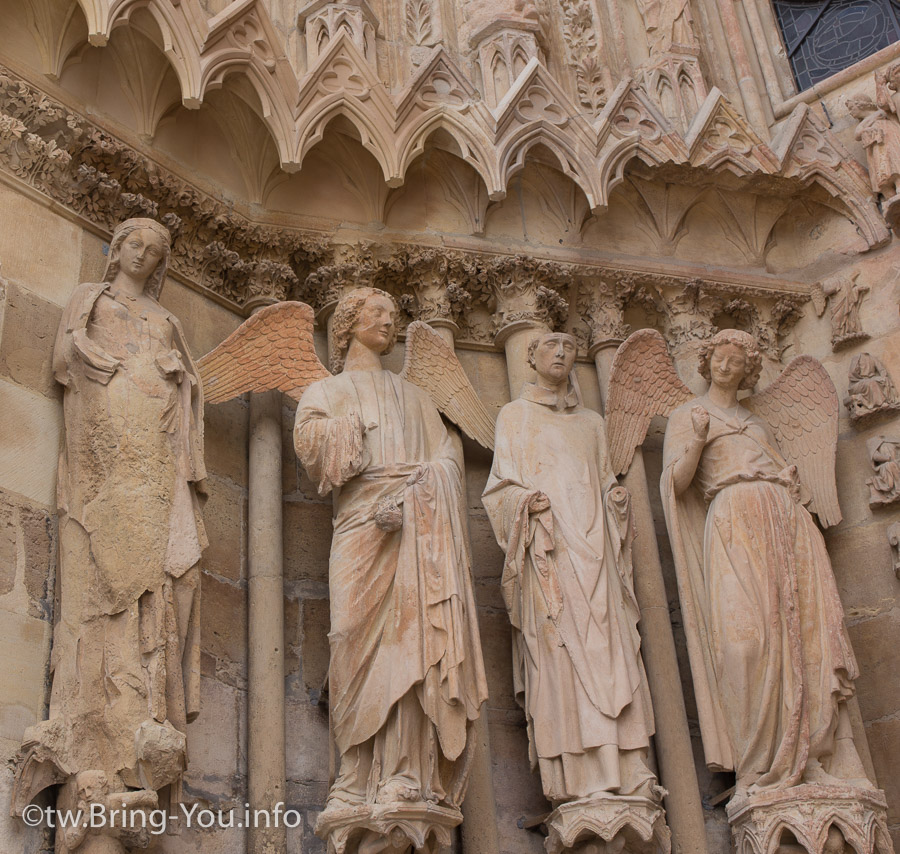
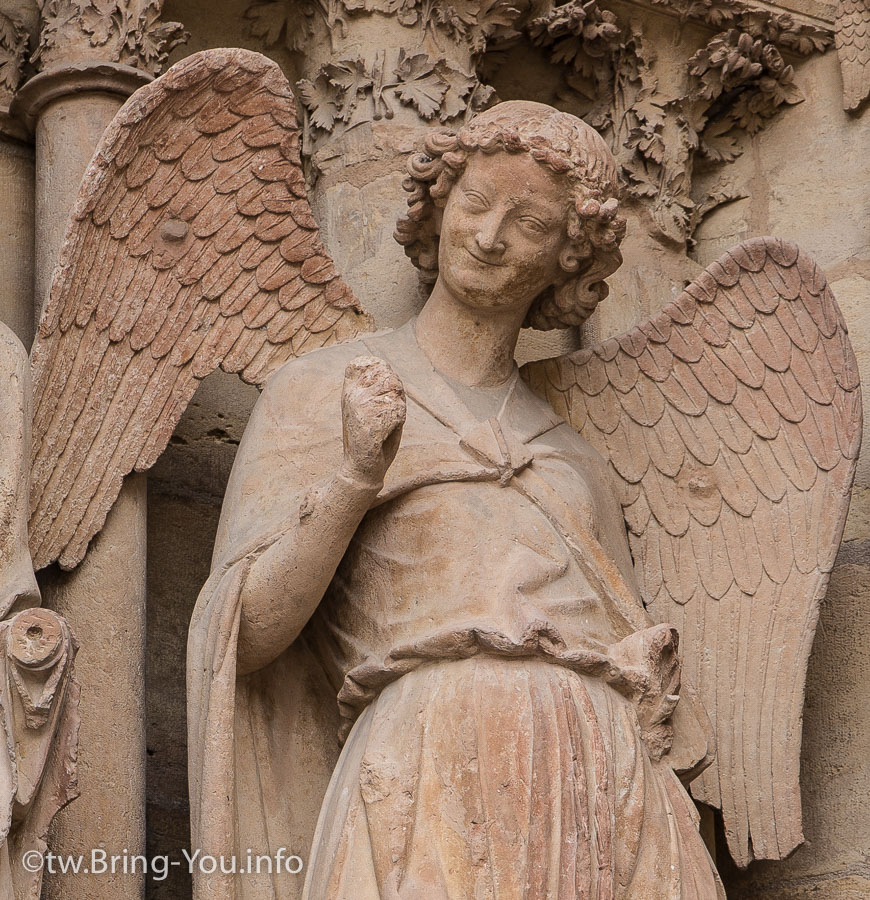
This is a true work of art that doesn’t hold you back at the exterior only. Enter the hall and be prepared to be in awe of the statue columns, cut stone arches, stained glass windows, and decorative figures. When I looked up at the ceiling, I could feel the sound of holiness ricocheting against the dome and the walls. The vastness of the interior is beyond imagination.
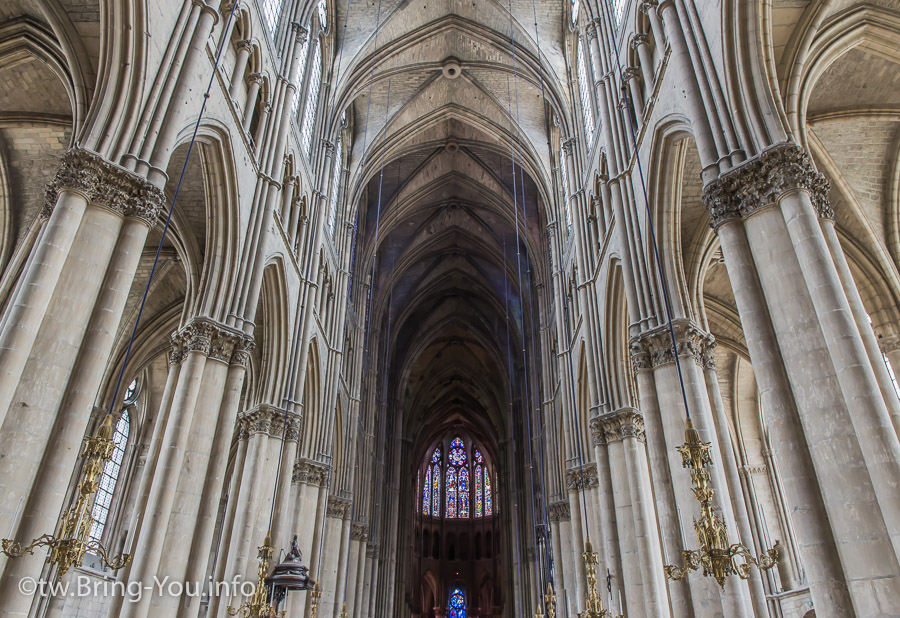
Maison de Champagne Mercier
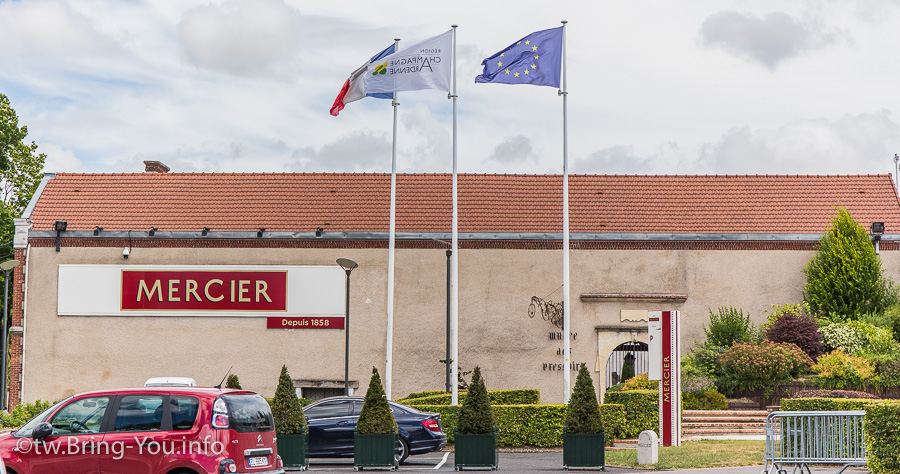
At the end of the tour, we moved down south for half an hour to arrive in Epernay to visit Maison de Champagne Mercier. Mercier is famous for top-tier Champagne on the lower end of the price spectrum. However, I’m not digging into the wine production nor putting those brands on the weight. Instead, I was more amazed at the fascinating, gigantic wine barrel that Eugène Mercier made over there. Eugène Mercier is the founder of the house, dating back to 1858.
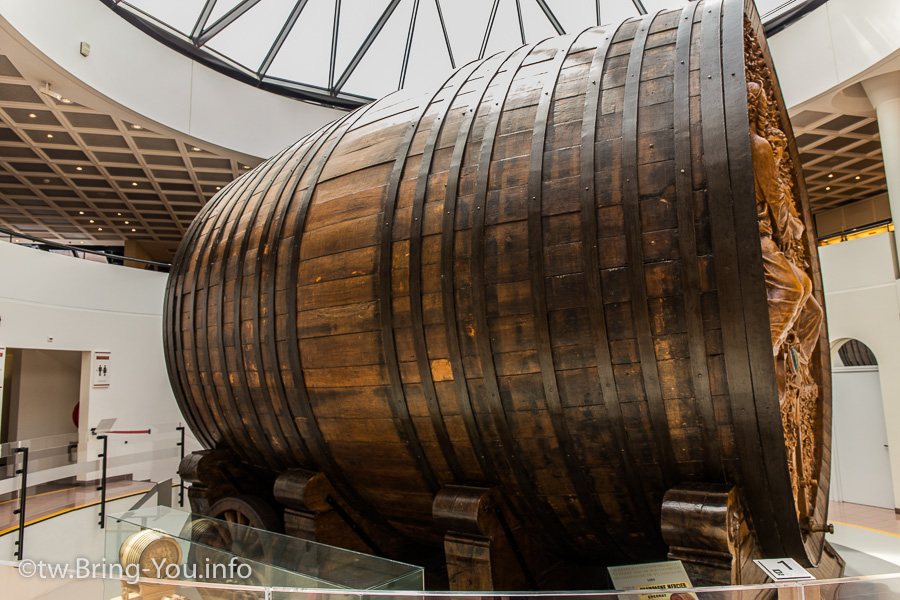
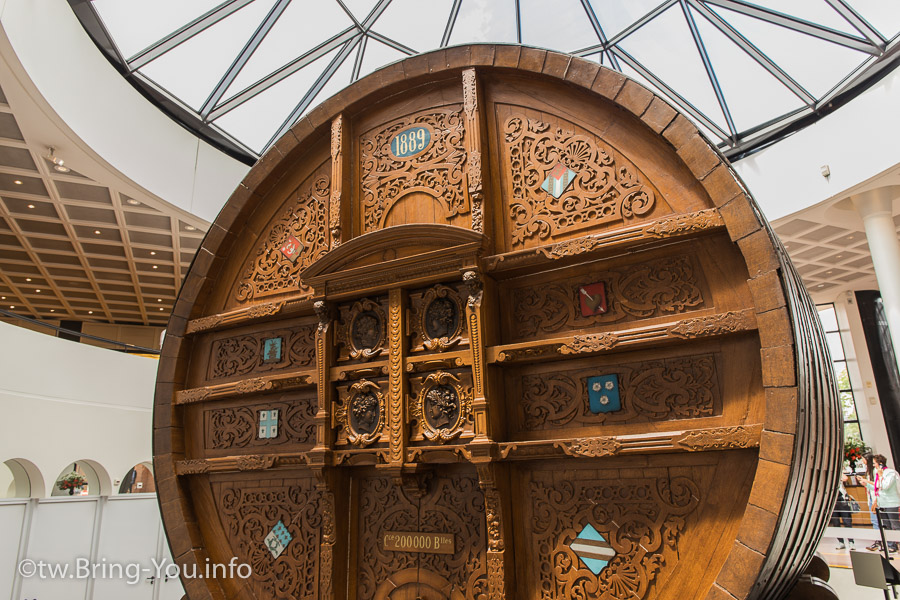
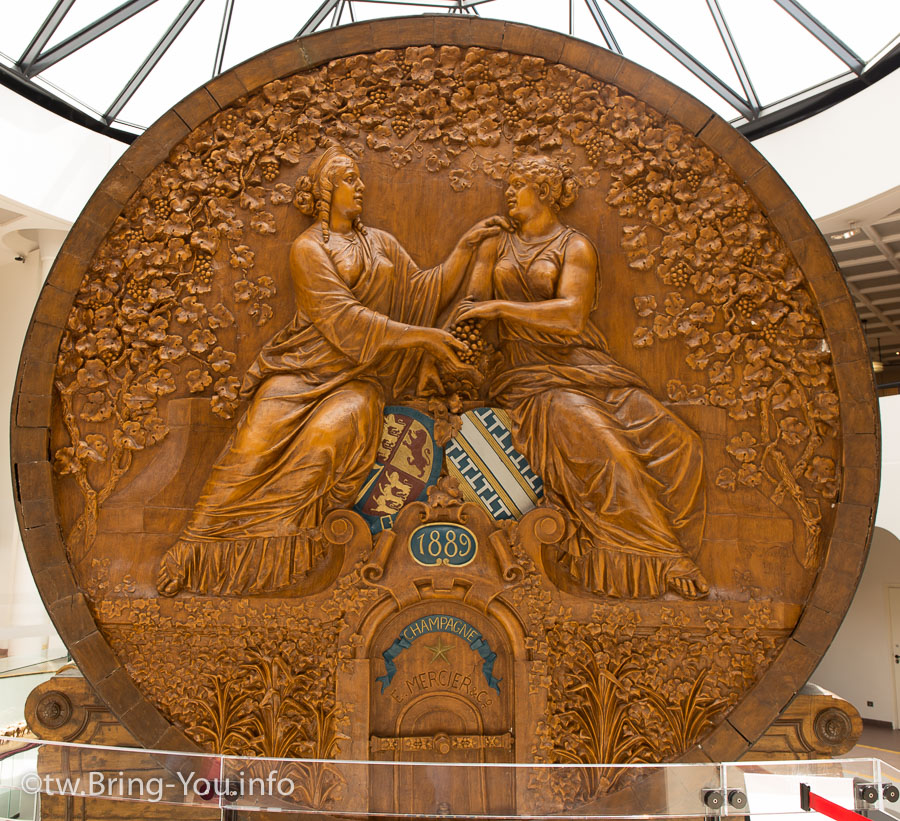
So Eugène Mercier is a cool and determined guy. He wanted to have 18 kilometers of cellars to be dug out 30 meters underground along with other buildings of his house, offices, and private residence. The digging work needed six years to be completed. After it was launched in 1885, Sadi Carnot, the French president at the time, was thrilled, so much so that he visited the complex himself in a horse-drawn carriage in 1891. And today, they will let you tour the cellar on a small electric train.
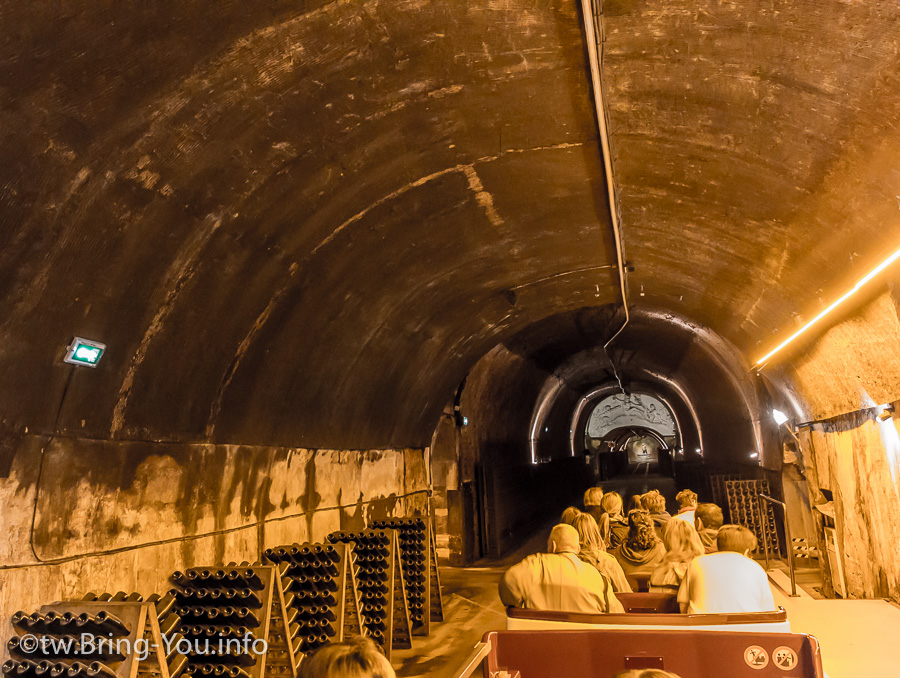
Get back to the most fascinating work of art I mentioned above, the wine barrel. It took Eugène Mercier 16 years to make. And he loved it so much that he wanted his barrel to be exhibited live at the Exposition Universelle in Paris.
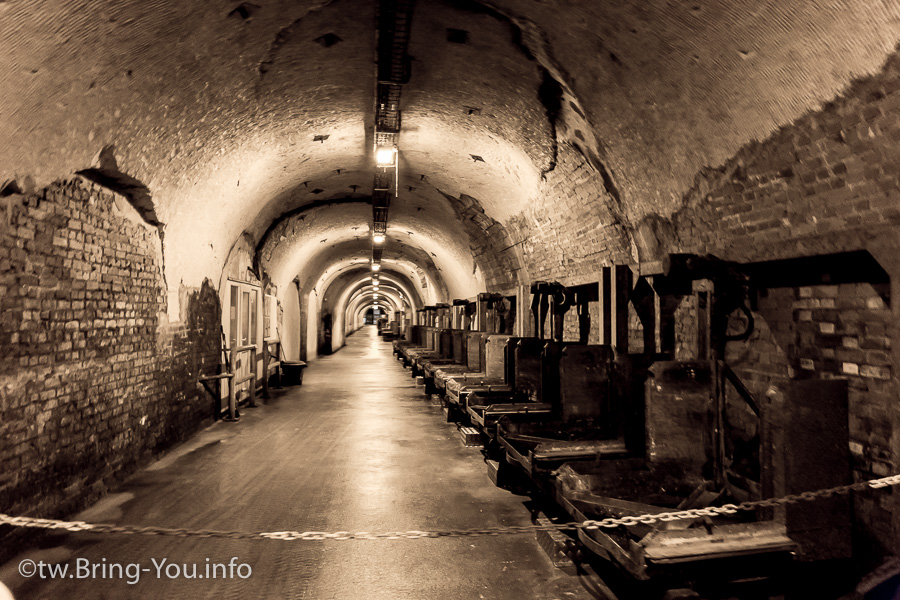
The giant barrel sits on four monster wheels that support its hefty 20-tonne weight. They needed 18 horses to pull it up a steep hillside while the crowds were standing by watching. And today, the oak barrel stands still as a time capsule, with a mind-blowing, intricate carving lit up on one side of the barrel.
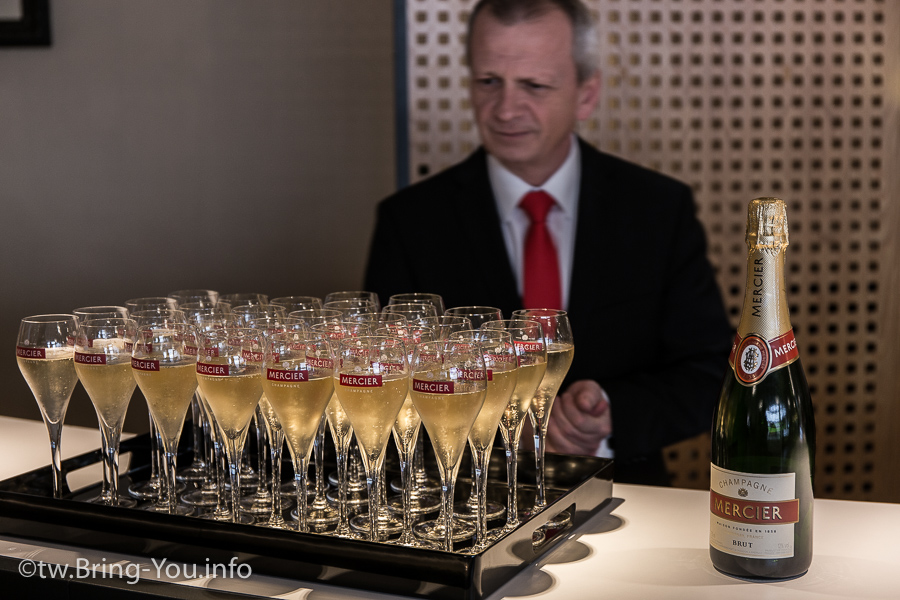
More about France
Looking for more travel ideas for an authentic and hassle-free experience in France? Check out my articles below:
- Lyon Travel Guide: How to Spend a Day in Lyon, Attractions, Bouchons, and More
- Is Fontainebleau Worth Visiting? Day Trip from Paris, Free Admissions, Must-See, and More
- A Day Trip to Arles from Avignon: Follow Van Gogh’s Trail of Art
